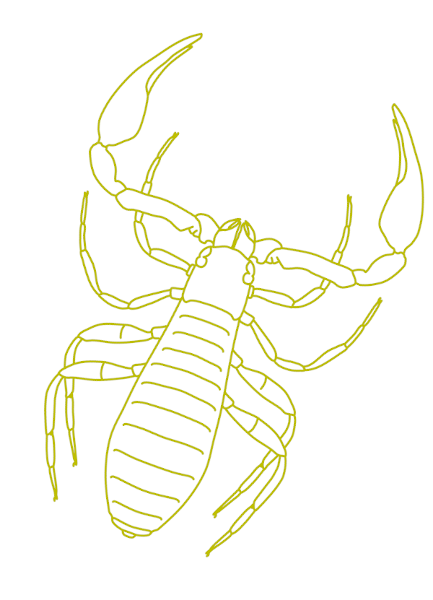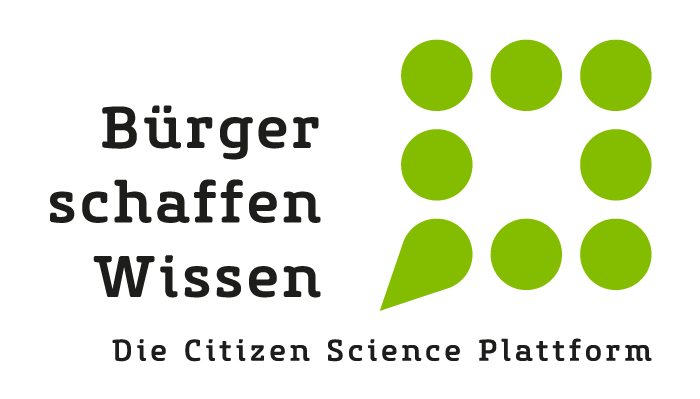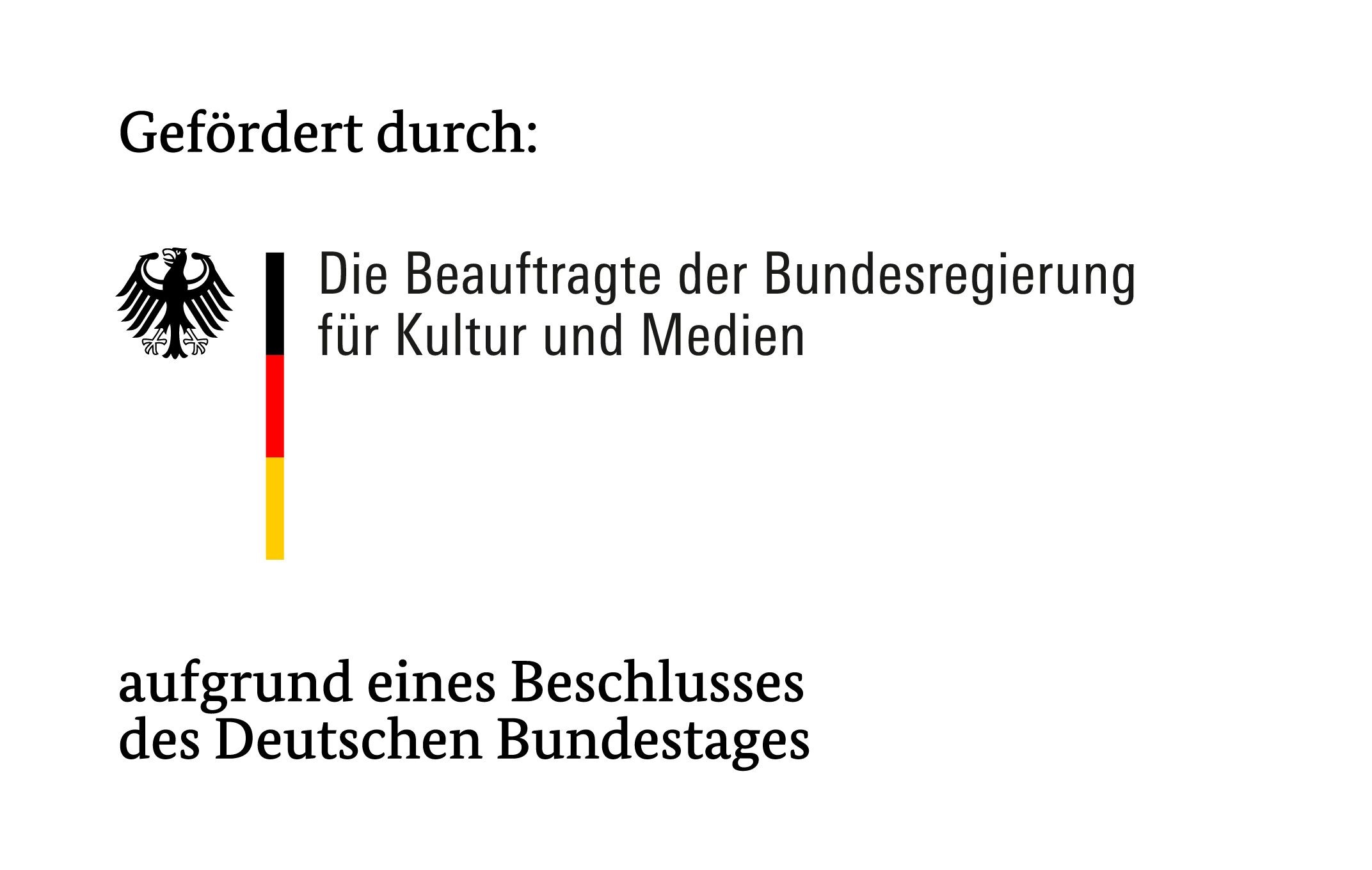Soil animal portal for experiencing, identification, recording and exploring
10 tons of life per hectare of arable land – who would have thought that springtails, earthworms & co. occur in such dimensions? Indeed, our knowledge about distribution, biology and population changes of soil animals is extremely poor compared to “attractive” animal groups such as butterflies or birds. Even people who are very interested in soil animals usually find it difficult to get an overview of this animal group. Most of the literature is written for specialists, it contains few illustrations and is usually not available in normal bookshops. To reduce these obstacles we have developed an online portal for ground animals and their identification. With a German and English website and a German app (Android, iOS), EDAPHOKEYS aims to make it easier for all nature-loving young people and adults to experience,identify, record and explore soil animals.
Four offers from EDAPHOKEYS
EXPERIENCE The portal contains profiles of the different animal species, species descriptions, information on distribution and ecology as well as numerous images. Discover and experience your environment and its biodiversity in a new way, whether by turning stones, digging in the compost heap, digging in the leaf litter or examining dead wood.
IDENTIFICATION User-friendly, intelligent, interactive identification keys were developed for about 250 soil animal species occurring in Germany and some other European countries (Belgium, Denmark, Finland, Luxembourg, Norway, Sweden) together with colleagues from other institutions and expert citizen scientists. No matter if you are a beginner or an advanced user, with easy to recognize features and many illustrations and images you will quickly reach a reliable identification result.
RECORD The result of the identification can be sent to together with information about the location and images. After verification by an expert for these animal groups, the incoming find reports will be released or publicly visible in the data portal and also transmitted to the soil zoological database of Senckenberg – Edaphobase (www.edaphobase.org). In case of misidentifications and problems, an animal group expert is available to help you. This tool is currently only available in German for records in Germany.
RESEARCH Through the occupation with a group of animals, the newly acquired knowledge, the successes in identification and increasing species knowledge, you will become a citizen scientist for terrestrial animals and take an active part in the research on distribution, frequency and ecology. For many federal states, initial evidence of species is not excluded!
Woodlice, millipedes and centipedes as a first step
Most soil animals are small to tiny and thousands of native species, such as springtails, mites and threadworms, usually do not even exceed the size of one millimeter. In order to provide a comparatively simple introduction for those interested, the terrestrial woodlice (Oniscidea: approx. 60 species), the millipedes (Diplopoda: approx. 140 species) and the centipedes (Chilopoda: approx. 60 species) were therefore chosen. The advantages: All three groups are widespread in Germany and can often be found in almost all habitats, usually visible to the naked eye (3-70 mm length), can be found almost all year round and can sometimes be identified without a microscope. So they are the best way to enter the big world of soil animals!
With EDAPHOKEYS users can identify soil animals, report their records and quickly change from a simple nature-interested person to a researcher.




